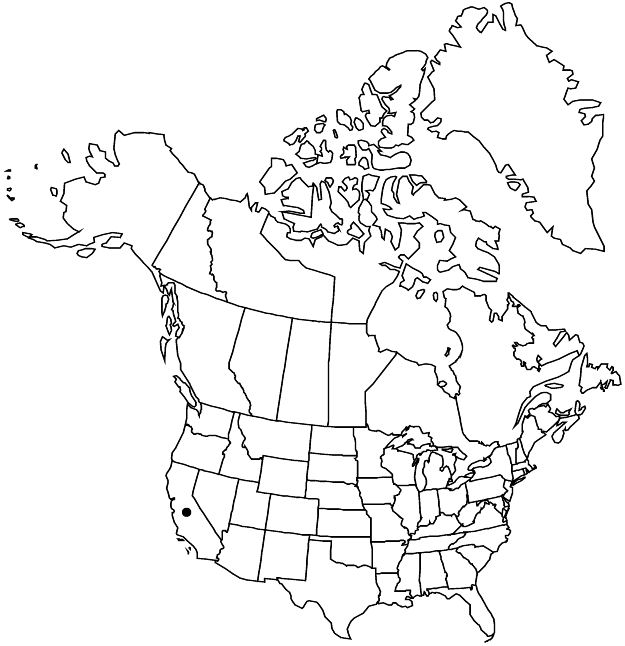Difference between revisions of "Ivesia pickeringii"
Proc. Amer. Acad. Arts 6: 531. 1865.
FNA>Volume Importer |
imported>Volume Importer |
||
| (One intermediate revision by the same user not shown) | |||
| Line 60: | Line 60: | ||
|publication year=1865 | |publication year=1865 | ||
|special status=Conservation concern;Endemic | |special status=Conservation concern;Endemic | ||
| − | |source xml=https:// | + | |source xml=https://bitbucket.org/aafc-mbb/fna-data-curation/src/2e0870ddd59836b60bcf96646a41e87ea5a5943a/coarse_grained_fna_xml/V9/V9_370.xml |
|subfamily=Rosaceae subfam. Rosoideae | |subfamily=Rosaceae subfam. Rosoideae | ||
|tribe=Rosaceae tribe Potentilleae | |tribe=Rosaceae tribe Potentilleae | ||
Latest revision as of 22:56, 5 November 2020
Plants grayish green; glands abundant. Stems ascending to erect, 3–5 dm. Basal leaves 8–20 cm; sheathing base ± strigose abaxially; stipules linear to narrowly lanceolate, 3–5 mm; petiole 1–3.5 cm, hairs abundant, ascending to spreading, 1–2 mm; leaflets 35–50 per side, loosely overlapping, 2–6 mm, lobes 3–5, oblanceolate to obovate or oval, hairs abundant, ± ascending, 1–2(–3) mm. Cauline leaves 5–10. Inflorescences 10–100-flowered, (1.5–)5–15 cm diam., flowers usually arranged individually, sometimes more congested. Pedicels (1–)2–10 mm. Flowers 8–13 mm diam.; epicalyx bractlets linear-lanceolate to lanceolate, (1.8–)2–2.5 mm; hypanthium cupulate to turbinate, 1.5–3 × 2.5–4 mm, often nearly as deep as wide; sepals often purple-suffused or -mottled, (2.5–)3–5 mm, acuminate; petals white, becoming pink-tinged with age, oblanceolate to narrowly spatulate, (2.8–)3–5(–6) mm; stamens 20, filaments filiform, 1.5–2.3 mm, anthers white to cream, 0.3–0.6 mm; carpels 2–4, styles 2.5–3.5 mm. Achenes dark brown, 2.5–3 mm.
Phenology: Flowering summer.
Habitat: Moist, rocky, grassy meadows, mainly on ultramafic-derived clayey soil, in montane conifer woodlands
Elevation: 800–1500 m
Discussion
Of conservation concern.
Ivesia pickeringii is known from Siskiyou and Trinity counties. Some early treatments (for example, P. A. Rydberg 1898, 1908–1918; W. L. Jepson [1923–1925], 1909–1943, vol. 2) conflated this species with I. aperta, hence reports of I. pickeringii in the Sierra Nevada. Historic collections from Edgewood, at the headwaters of the Shasta River in Siskiyou County, have inflorescences more glomerulate than elsewhere in the species range.
The chromosome count of 2n = 28 (P. A. Munz 1959) needs confirmation. If based on Kruckeberg 3665, which was distributed as a voucher for that count, the determination of this collection has been changed to Ivesia sericoleuca.
Selected References
None.
